Enter the world of Livestock Guardian Dog Breeds, a fascinating tapestry of canines whose unwavering loyalty and innate protective instincts have earned them a pivotal role in agriculture around the globe. These noble guardians are more than mere companions; they are the vigilant custodians of herds, flocks, and farms.
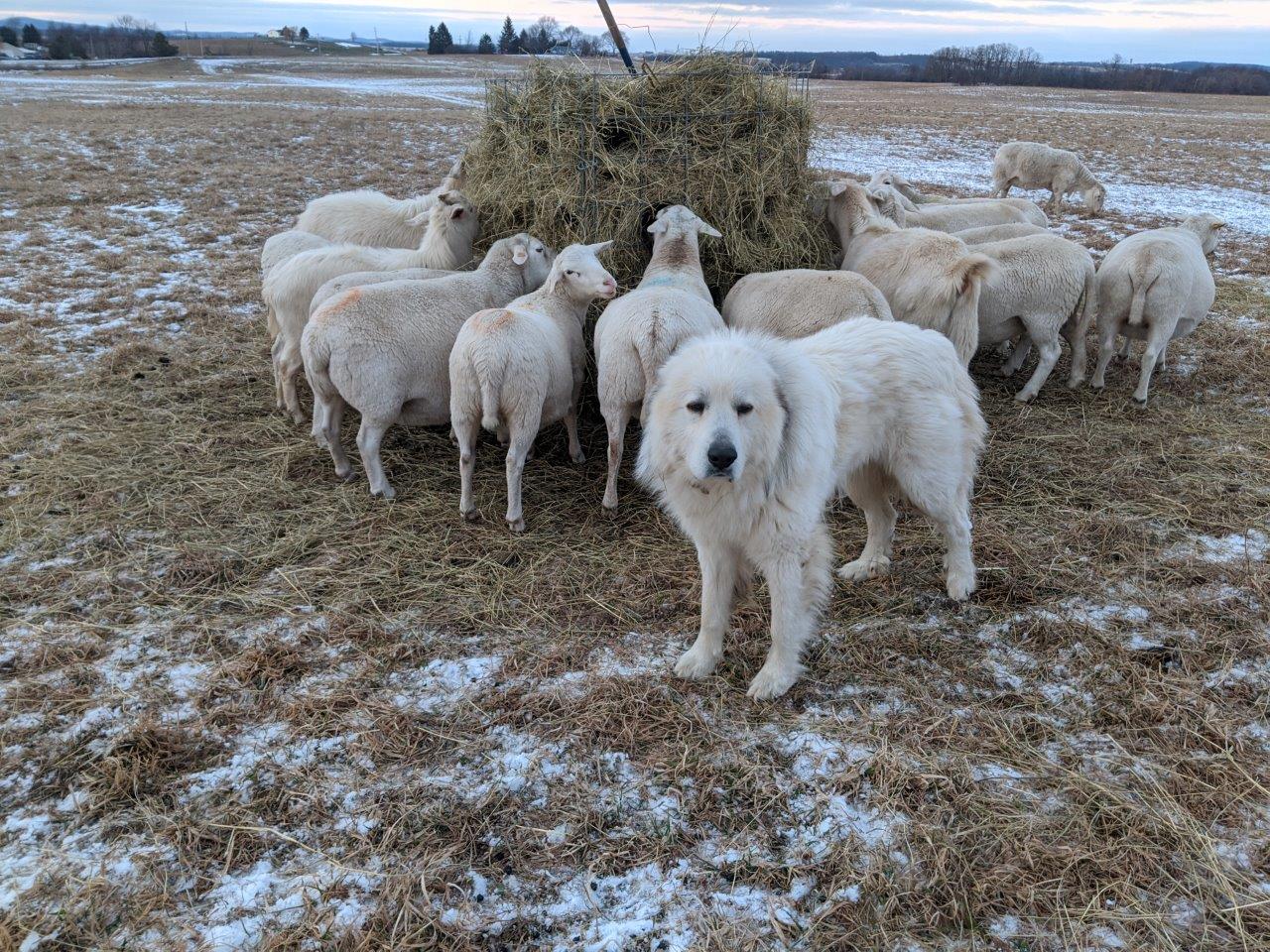
This article explores 5 exclusive loyal companions in agriculture, the diverse characteristics, histories, and contributions of these remarkable breeds, and also we delve into the integral partnership between humans and their four-legged protectors.
Table of Contents
About Livestock Guardian Dog Breeds
Livestock Guardian Dog Breeds, often referred to as LGDs, are a specialized group of canines with a rich history of working alongside humans in the protection of livestock. These remarkable dogs have been selectively bred for their innate guarding instincts, intelligence, and adaptability to various environmental conditions. Their primary role is to protect herds and flocks from predators, ensuring the safety and well-being of the livestock under their watch.
Livestock Guardian Dog breeds, often referred to as LGDs, are a specialized group of canines with a rich history of working alongside humans in the protection of livestock. These remarkable dogs have been selectively bred for their innate guarding instincts, intelligence, and adaptability to various environmental conditions. Their primary role is to protect herds and flocks from predators, ensuring the safety and well-being of the livestock under their watch.
One of the key characteristics of Livestock Guardian Dog Breeds is their natural affinity for forming strong bonds with the animals they protect. This bond is crucial for the effective functioning of the guardian dog, as it establishes trust and communication within the herd or flock. LGDs are known for their calm and composed demeanor, but they can swiftly and decisively confront threats when needed.
Various breeds fall under the category of Livestock Guardian Dogs, each with its unique set of traits and origins. Breeds such as the Anatolian Shepherd, Great Pyrenees, Maremma Sheepdog, Kangal, and Akbash are well-known examples, each hailing from different regions and cultures with a shared purpose of safeguarding livestock.
Beyond their protective instincts, Livestock Guardian Dog Breeds are celebrated for their adaptability to diverse terrains and climates. From the high altitudes of the Pyrenees to the arid landscapes of Anatolia, these dogs have proven their versatility in a range of environments.
As agriculture continues to evolve, Livestock Guardian Dog Breeds remain indispensable allies to farmers and herders worldwide. This article aims to unravel the unique qualities, histories, and contributions of these loyal companions, shedding light on their crucial role in the delicate balance between human endeavors and the natural world.
5 Livestock Guardian Dog Breeds
Livestock Guardian Dog Breeds are usually large, furry breeds of dogs. As they defend their flocks and herds, these characteristics aid in their defense against the weather and predators. Breeds that defend livestock are sometimes described as bold, tenacious, stable, dependable, and even territorial.
The Great Pyrenees

The Great Pyrenees, often referred to as the “Pyrenean Mountain Dog,” is a majestic and ancient breed known for its impressive size, strength, and gentle nature. Originating from the Pyrenees Mountains, which form a natural border between France and Spain, these dogs have a rich history as livestock guardians in the region.
Physical Characteristics: The Great Pyrenees is a large and sturdy dog with a distinctive double coat that consists of a dense, weather-resistant outer coat and a soft, insulating undercoat. The coat is typically white, which helps the dogs blend in with the snow in their mountainous homeland. Their dark eyes and trademark “mask” contribute to their striking appearance.
Males typically stand between 27 to 32 inches (69 to 81 cm) at the shoulder, and females range from 25 to 29 inches (63 to 74 cm). Adult Pyrenees usually weigh between 85 to 160 pounds (39 to 73 kg).
Temperament: Great Pyrenees are known for their calm and gentle demeanor. Despite their imposing size, they are often described as affectionate, patient, and good-natured. These qualities make them excellent family companions and dependable guardians.
Due to their background as livestock guardians, Great Pyrenees are inherently protective. They tend to be territorial and may exhibit a natural instinct to guard their family and home. Early socialization is crucial to ensure that they develop into well-mannered and well-adjusted dogs.
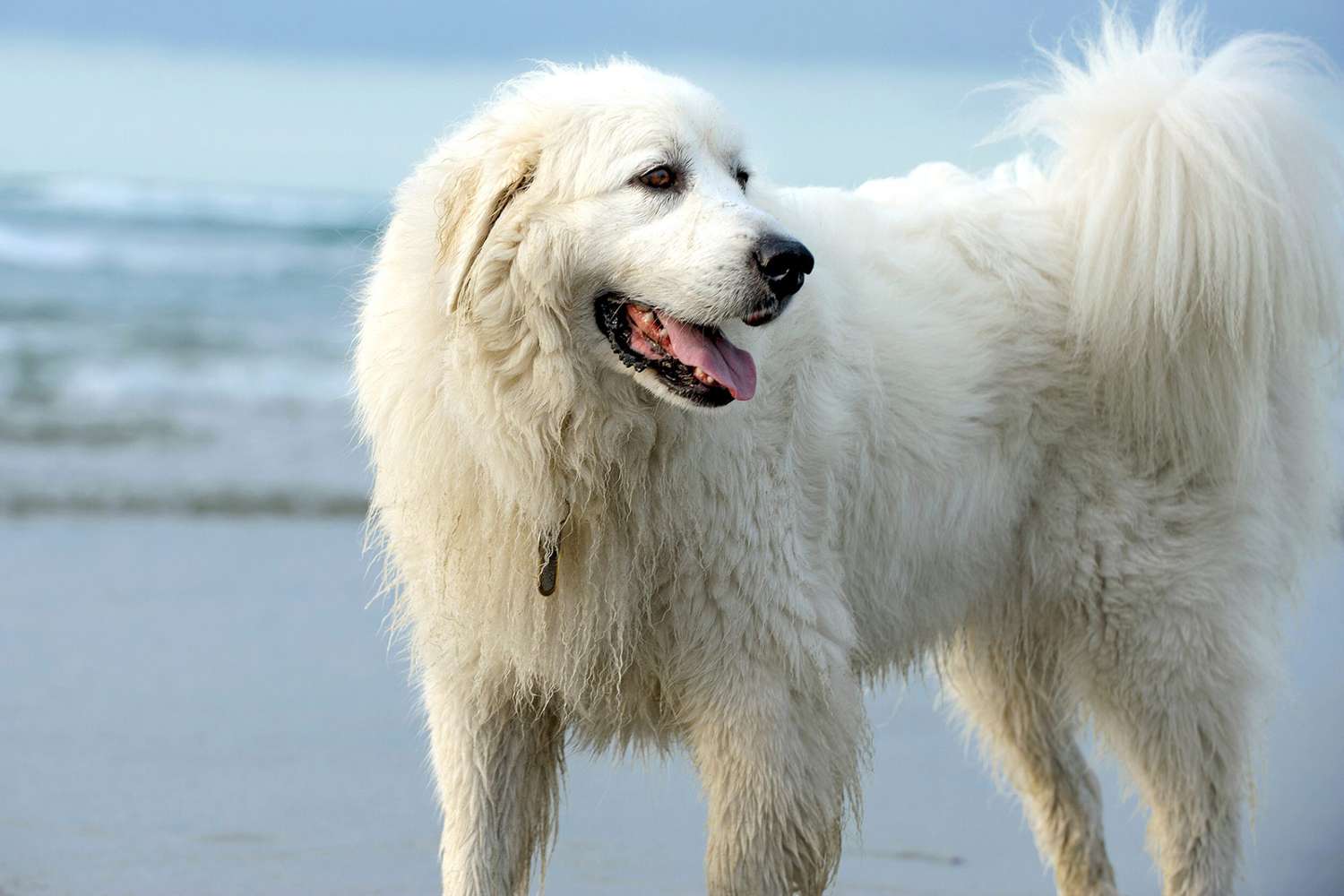
Livestock Guardian Role: Historically, Great Pyrenees have been used to guard livestock, particularly sheep, in the Pyrenees Mountains. Their white coat helped them blend in with the flock, allowing them to surprise predators. Today, they continue to excel as livestock guardians on farms and ranches, and their gentle nature makes them suitable for families and homes as well.
Health Considerations: Like many large breeds, Great Pyrenees can be prone to certain health issues, including hip dysplasia and certain cardiac conditions. Regular veterinary check-ups, a balanced diet, and regular exercise are important for their overall well-being.
The Anatolian Shepherd Dog
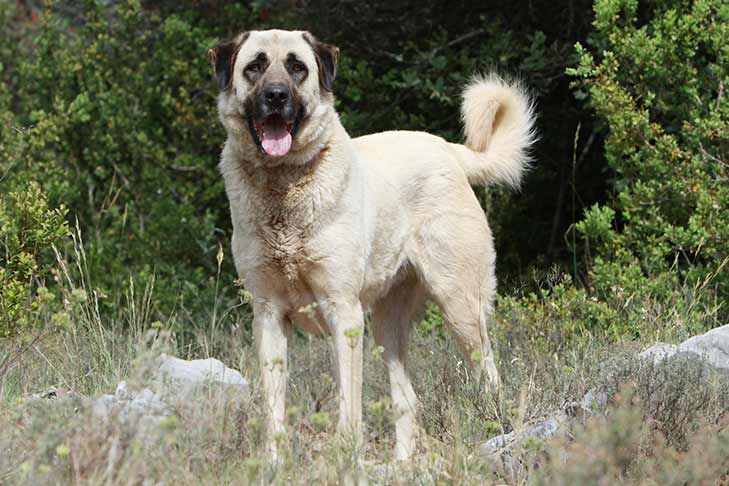
The Anatolian Shepherd Dog, also known simply as the Anatolian, is a powerful and ancient breed that originated in the Anatolian region of Turkey. Known for its impressive size, strength, and unwavering loyalty, the Anatolian Shepherd has historically served as a guardian of livestock in its homeland.
Physical Characteristics: The Anatolian Shepherd Dog is a large and muscular breed, with males typically standing between 28 to 31 inches (71 to 79 cm) at the shoulder, and females slightly smaller. Adult Anatolians commonly weigh between 90 to 150 pounds (41 to 68 kg). They have a distinctive short to medium-length double coat that can come in various colors, including fawn, brindle, and white. Their ears are usually dropped, and their tails may be carried curled over the back.
Temperament: Known for their calm and composed demeanor, Anatolian Shepherds are also highly intelligent and independent. They are fiercely loyal to their families and are dedicated guardians, exhibiting a natural instinct to protect both people and livestock. While they can be aloof with strangers, they are generally affectionate and gentle with their families.
Early socialization and training are essential for Anatolian Shepherds, as their independence can make them strong-willed. Positive reinforcement methods and consistent training help channel their intelligence and ensure they become well-behaved companions.
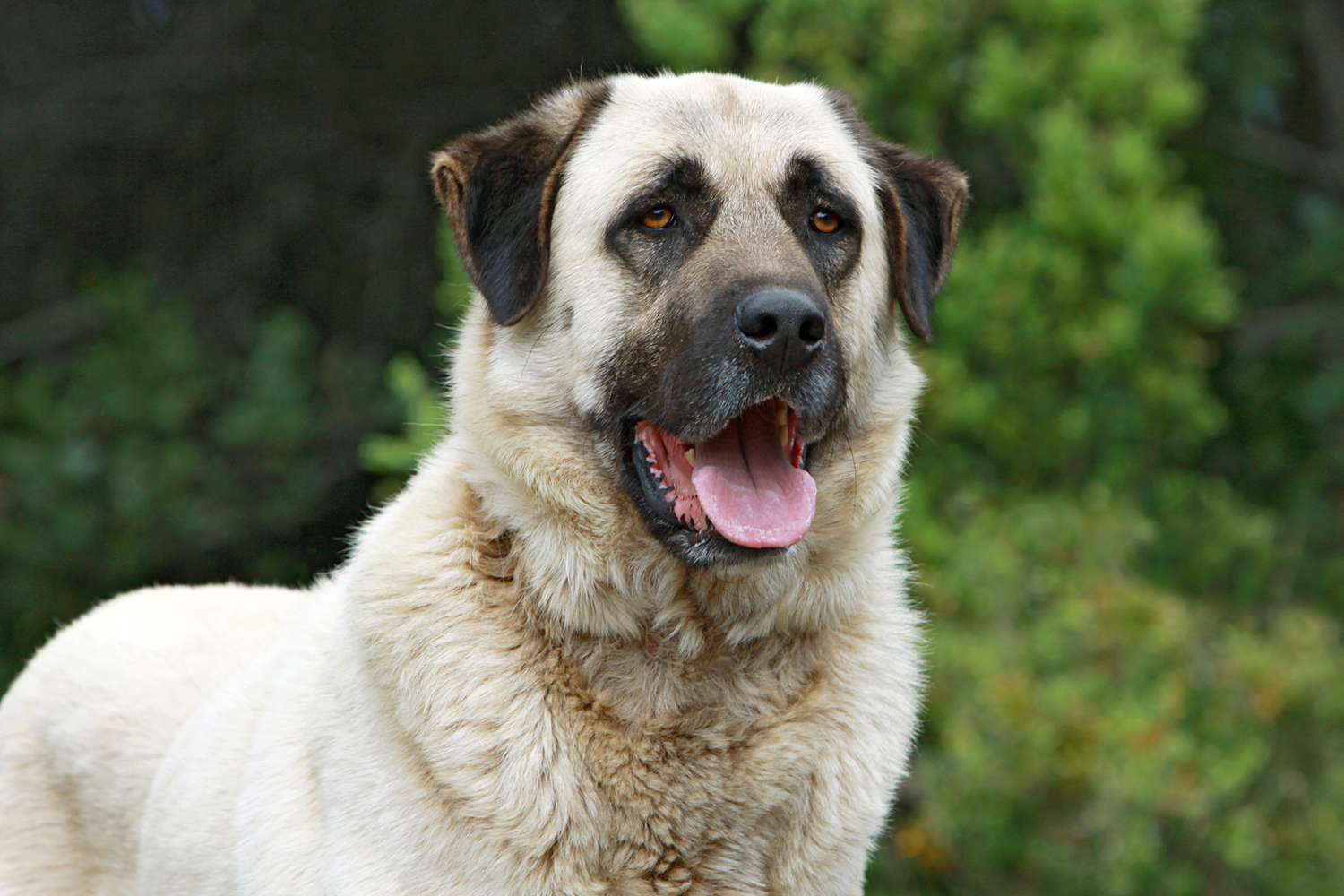
Livestock Guardian Role: The primary historical role of the Anatolian Shepherd Dog has been to protect livestock, particularly sheep and goats, from predators. Their protective instincts are deeply ingrained, and they are known for their ability to assess and respond to threats independently. Anatolians are territorial and can form strong bonds with the animals they guard.
Health Considerations: Like many large breeds, Anatolian Shepherds can be prone to certain health issues, including hip dysplasia and bloat. Regular veterinary check-ups, a balanced diet, and proper exercise are crucial for their well-being.
The Kuvasz

The Kuvasz is a distinguished and ancient breed that originated in Hungary, known for its regal appearance, intelligence, and protective instincts. This large and powerful dog has historically served as a guardian of livestock and a loyal companion to Hungarian nobility. Today, the Kuvasz continues to excel in both protective roles and as a devoted family dog.
Physical Characteristics: The Kuvasz is a majestic and well-proportioned dog with a distinct double coat. The outer coat is coarse and straight, while the undercoat is soft and dense. The coat is usually white, which not only contributes to the breed’s elegance but also serves practical purposes in rural settings. The eyes are almond-shaped and dark, and the ears are V-shaped and carried erect. Adult males typically stand between 28 to 30 inches (71 to 76 cm) at the shoulder, and females are slightly smaller. The weight of a mature Kuvasz typically ranges from 70 to 115 pounds (32 to 52 kg).
Temperament: Kuvaszok (the plural form of Kuvasz) are known for their intelligence, independence, and loyalty. They are protective and possess a natural instinct to guard their families and territories. While they can be reserved with strangers, they are affectionate and gentle with their loved ones. Early socialization and consistent training are crucial to ensure a well-mannered and well-adjusted adult Kuvasz.
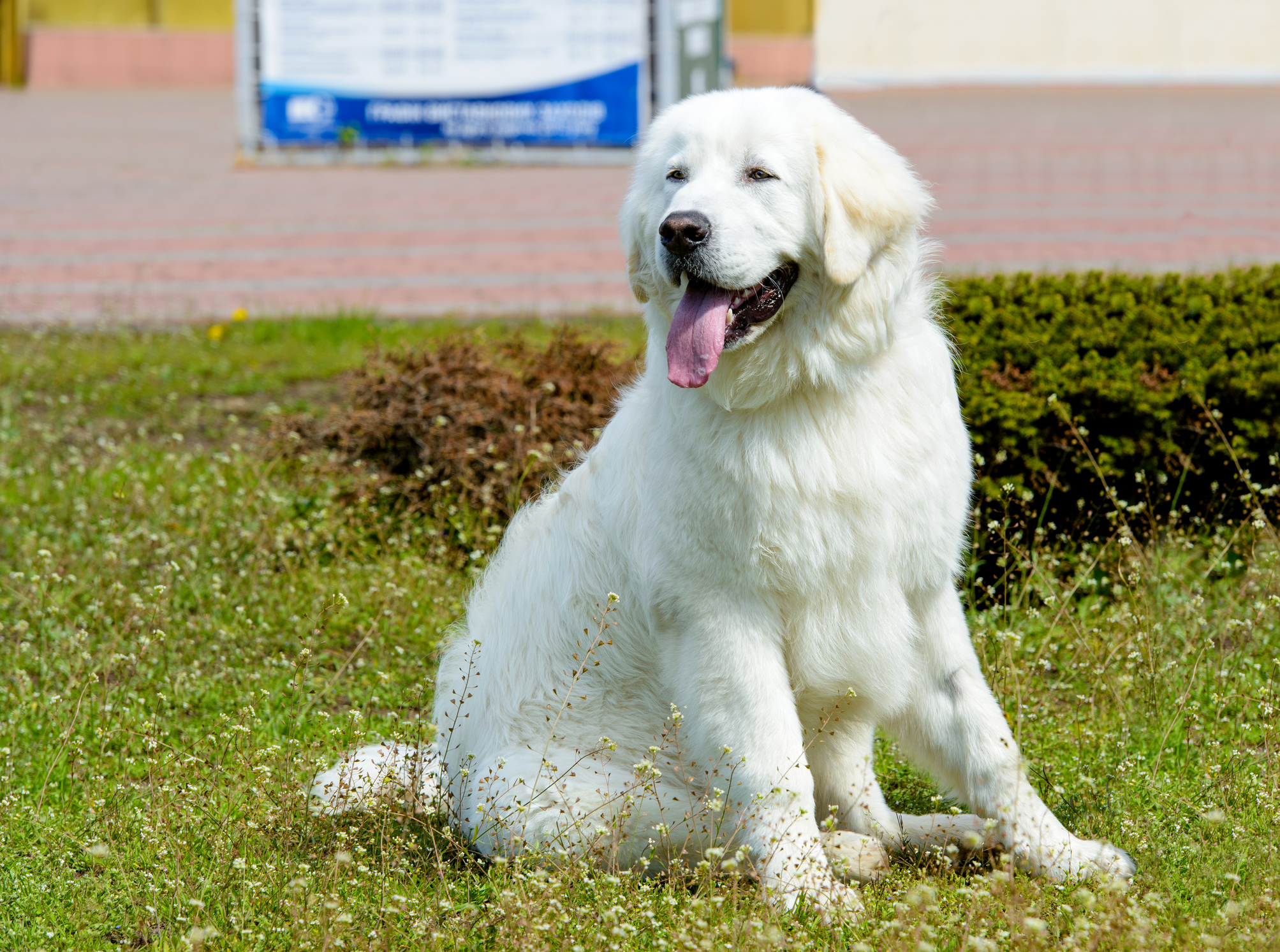
Livestock Guardian Role: Originally bred to guard livestock, particularly sheep, the Kuvasz is renowned for its effectiveness in protecting herds from predators. Their imposing size, combined with their intelligence and protective instincts, make them formidable guardians. Despite their gentle nature with family members, they can be assertive when it comes to safeguarding their charges.
Health Considerations: As with many large breeds, Kuvaszok can be prone to certain health issues, including hip dysplasia and orthopedic conditions. Regular veterinary check-ups, a balanced diet, and appropriate exercise are important for their overall well-being.
The Komondor

The Komondor is a unique and distinctive Hungarian breed known for its extraordinary corded coat, imposing size, and unwavering dedication to protecting livestock. Revered for its centuries-old role as a guardian, the Komondor is a formidable presence, both in terms of appearance and protective instincts.
Physical Characteristics: The most distinctive feature of the Komondor is its dense, corded coat, which forms naturally as the dog matures. The cords, or rope-like strands, develop over time, creating a striking and shaggy appearance that helps the dog blend into its surroundings. Despite the corded coat, the skin underneath is smooth. The coat is usually white, which serves practical purposes in rural settings, allowing shepherds to easily identify the dog among sheep.
In terms of size, adult males typically stand between 27 to 31 inches (69 to 79 cm) at the shoulder, and females are slightly smaller. The weight of a mature Komondor generally ranges from 80 to 100 pounds (36 to 45 kg).
Temperament: The Komondor is known for its calm, steady demeanor and a natural inclination to protect. While they can be gentle and affectionate with their families, they are alert and assertive when it comes to guarding their charges. Early socialization and consistent training are crucial to ensure that their protective instincts are well-directed.

Livestock Guardian Role: Originally bred to guard livestock, particularly sheep, the Komondor is highly effective in deterring predators. Its unique appearance not only provides insulation from the weather but also serves as a deterrent to potential threats. The Komondor is known for working independently, making decisions based on its instincts and experience.
Health Considerations: Komondors are generally healthy, but like many large breeds, they can be prone to certain health issues such as hip dysplasia. Regular grooming is essential to maintain the unique coat and overall hygiene.
The Tibetan Mastiff
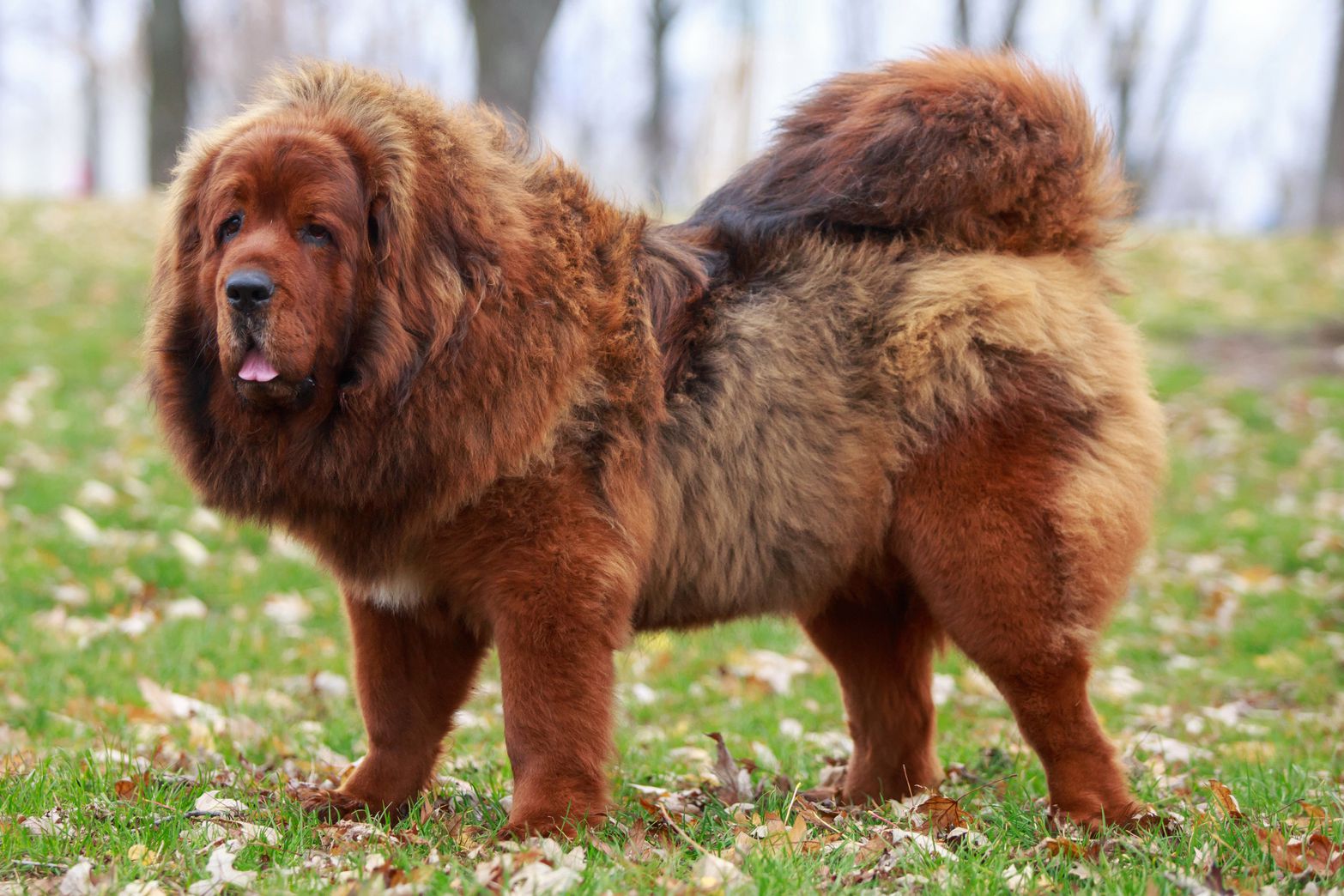
The Tibetan Mastiff is a large and powerful dog breed with ancient origins in the Himalayan region, specifically Tibet. Known for its impressive size, majestic appearance, and independent nature, the Tibetan Mastiff has historically served as a guardian of livestock and homes in the harsh mountainous terrain.
Physical Characteristics: Tibetan Mastiffs are well-built and muscular dogs with a thick double coat that provides insulation against the cold temperatures of their native region. The coat can come in a variety of colors, including black, brown, blue-gray, and gold. The tail is plumed and carried over the back. Adult males typically stand between 26 to 30 inches (66 to 76 cm) at the shoulder, and females are slightly smaller. Their weight can range from 90 to 150 pounds (41 to 68 kg) or more.
Temperament: Tibetan Mastiffs are known for their strong-willed and independent nature. They are aloof with strangers but are generally loyal, protective, and affectionate with their families. Early socialization and consistent training are crucial to ensure that their independent spirit is well-managed. While they may not be as overtly demonstrative as some other breeds, their loyalty to their family is unquestionable.
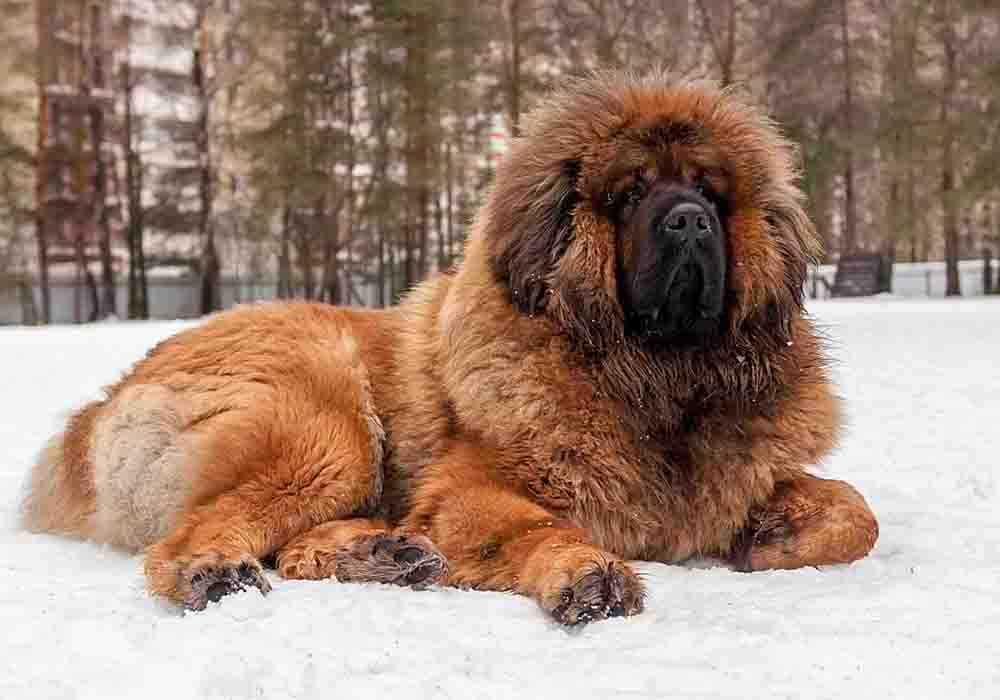
Guardian Instincts: Historically, Tibetan Mastiffs were used to guard livestock and property in the Himalayan mountains. Their keen instincts and protective nature make them formidable guardians. They are known to be vigilant and reserved, assessing situations before taking action. This guarding instinct is deeply ingrained and often manifests itself in a strong sense of territoriality.
Health Considerations: Like many large breeds, Tibetan Mastiffs can be prone to certain health issues, including hip dysplasia and certain cardiac conditions. Regular veterinary check-ups, a balanced diet, and regular exercise are important for their overall well-being.
Similarities between Livestock Guardian Dog Breeds
Livestock Guardian Dog Breeds share several key similarities due to their common purpose of protecting livestock.
- All Livestock Guardian Dog Breeds are characterized by their strong protective instincts. They have a natural inclination to safeguard the herds or flocks under their care from potential threats such as predators.
- These breeds exhibit remarkable loyalty to the livestock they guard. They form strong bonds with the animals they protect, and this loyalty contributes to their effectiveness as guardians.
- Livestock Guardian Dogs are known for their independence. They are capable of working autonomously, making decisions based on their instincts and experience. This independence is crucial when patrolling large areas and reacting to potential dangers.
- Livestock Guardian Dog Breeds are often adaptable to various terrains and climates. Whether it’s the hot and arid conditions of the Mediterranean or the cold mountainous regions, these dogs are capable of adjusting to different environments.
- These dogs exhibit strong territorial instincts. They establish and defend a territory around the livestock they guard, deterring potential threats through their presence and vocalizations.
- These breeds have a rich history of working alongside humans in agricultural and pastoral settings. They have been integral to the success of farming and herding operations, contributing to the well-being and safety of livestock.
- Livestock Guardian Dog Breeds are typically large and robust, which contributes to their physical presence and deterrence factor. Their size allows them to confront potential threats effectively.
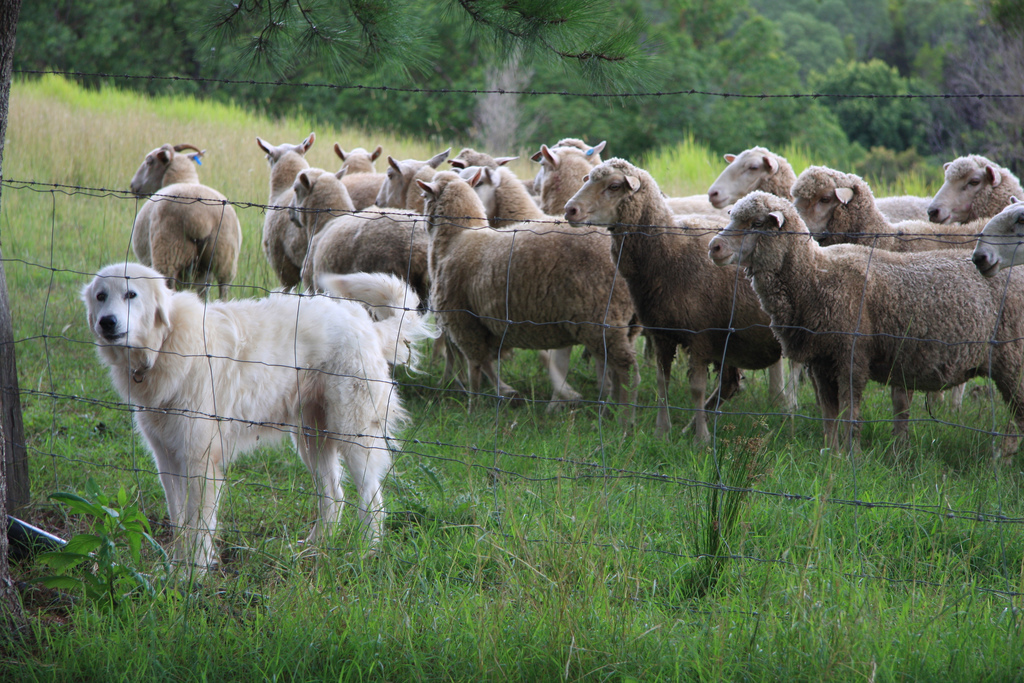
Choosing the Right Livestock Guardian Dog Breeds
Choosing the right Livestock Guardian Dog Breeds involves considering various factors to ensure that the breed aligns with your specific needs and the characteristics of your livestock and environment.
- Identify the types of livestock you have and the specific predators in your area. Different Livestock Guardian Dog Breeds may excel at guarding against certain predators, so choose a breed that has a history of success in your region.
- The size of your property and the layout of your pastures can influence your choice of Livestock Guardian Dog Breeds . Larger properties may benefit from breeds with good stamina and endurance.
- Consider the climate and terrain of your location. Some Livestock Guardian Dog Breeds are better adapted to certain environments. For example, a breed that thrives in colder climates may not be as suitable for hot and arid regions.
- Choose a reputable breeder who specializes in the Livestock Guardian Dog Breeds you are interested in. A responsible breeder will provide information about the dog’s lineage, health, and temperament.
- Consider the budget for maintaining Livestock Guardian Dog Breeds . This includes food, veterinary care, grooming, and other potential expenses associated with owning a large dog.
READ ALSO
- Black Irish Setter Dog: Discovering the 4 Comprehensive Coal Beauty of the Setter Breed
- Jagdterrier Dog Breed Information: 6 Superb Physical Characteristics And Facts
- Spanish Mastiff Dog Breed Information
- Bichon Frise Dog Breed information: 5 Good Best Known Facts and Personality Traits
FAQs
What African dog protects livestock?
These dogs, such as the Anatolian Shepherd or Kangal breed, which originated in Turkey but has been adapted for use in southern Africa, live alongside and bond with the livestock, and are fiercely protective of them.
What is the best dog breed to protect chickens?
These dogs are amazing at their job and will work nonstop to keep their flock safe from any predators that may try to prey on them. The Kangal, Great Pyrenees and Anatolian Shepherd are amazing options to consider and work as phenomenal livestock guardians and good family companions.
What dog is called lion Killer?
The Rhodesian Ridgeback is a superb hunter. This dog not only tracks their prey but can hold also quarry at bay. The breed is also known as the African Lion Hound due to their history of helping to hunt lions in the savannah.

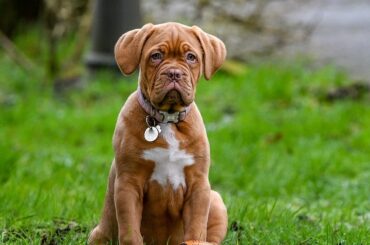

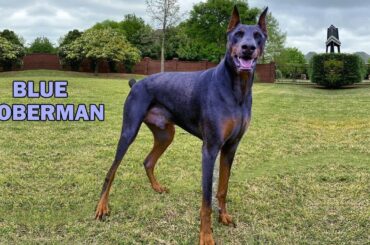
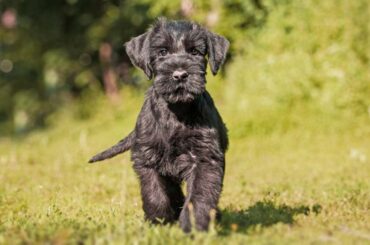
10 Comments
Livestock guardian dogs are such noble protectors! Their loyalty and dedication to their flock is truly admirable.
I’ve always been fascinated by the instinctual intelligence of livestock guardian dog breeds. They seem to understand their role so naturally.
The Anatolian Shepherd is such a majestic breed. Their calm demeanor belies their fierce protective instincts
Great Pyrenees are like gentle giants, but when it comes to protecting their herd, they’re unstoppable.
I love reading about the history of these guardian breeds and how they’ve been integral to farming and herding for centuries.
The Kuvasz is not only a formidable protector but also a loving companion to those they consider family.
It’s amazing how these guardian dogs can differentiate between friend and foe, ensuring the safety of their charges.
One of the things I admire most about these breeds is their independence and self-reliance in their work
Livestock guardian dogs play such a crucial role in sustainable agriculture, helping to mitigate predation and keep livestock safe.
The dedication of breeders and owners to preserving the traits and abilities of these guardian breeds is truly commendable